In the world of heavy-duty hauling, the necessity for specialized equipment like dump bed trailers cannot be overstated. An efficient, well-constructed dump bed trailer not only enhances productivity but also significantly impacts the bottom line. This article serves as an exhaustive resource for anyone looking to create a dump bed trailer, covering various aspects such as design, materials, construction techniques, and maintenance tips.
Understanding the Basics of Dump Bed Trailers
A dump bed trailer, often used in construction and landscaping, is a versatile tool designed to transport materials such as gravel, dirt, or debris. The defining feature of this type of trailer is its ability to tilt, allowing for easy unloading of materials.
Key Features to Consider
| Feature | Description |
|---|---|
| Bed Size | Varies by application; common sizes include 5×8, 6×10, and 7×12 feet |
| Capacity | Typical capacity ranges from 2,000 to 8,000 lbs |
| Lift Mechanism | Hydraulic versus manual lift systems; hydraulic systems are more common for efficiency |
| Chassis Material | Steel, Aluminum, or a combination thereof for strength and lightweight functionality |
| Suspension | Leaf spring, torsion, or air ride systems, each offering different ride qualities and load capacities |
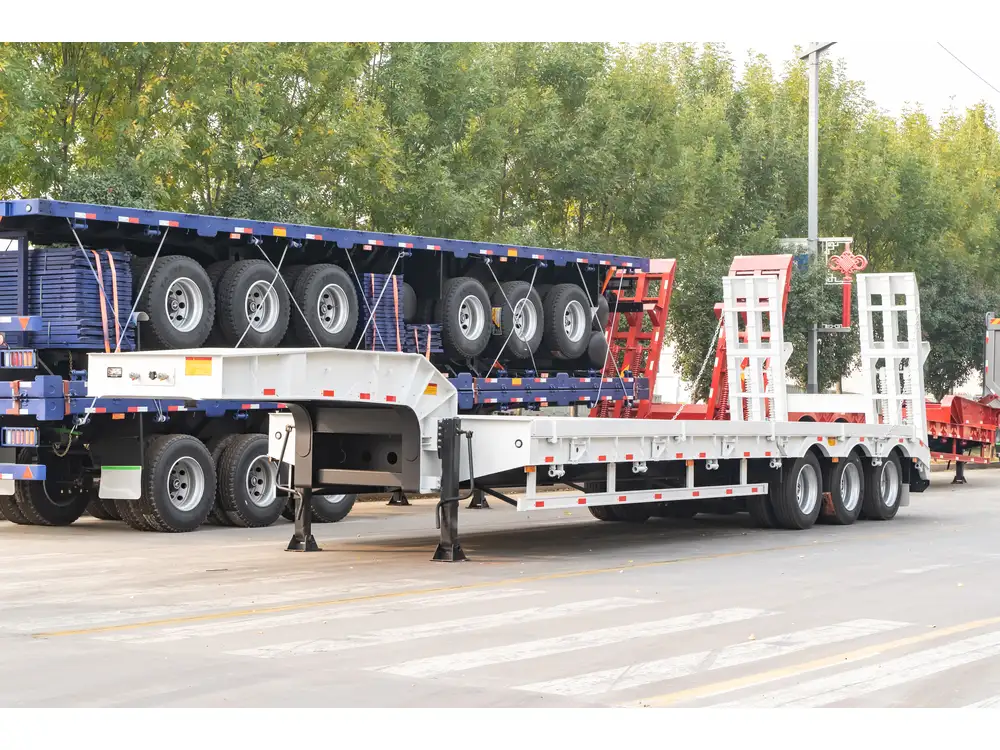
Design Your Dump Bed Trailer
Choosing the Right Size and Capacity
Before diving into construction, define why you need a dump bed trailer. Are you focused on light-duty tasks such as garden mulch delivery or medium to heavy-duty projects involving construction debris? Your tasks will guide the necessary specifications.
Recommended Sizes:
- Light-Duty: 5×8 feet, suitable for smaller jobs (up to 3,000 lbs).
- Medium-Duty: 6×10 feet, ideal for landscaping and construction (up to 6,000 lbs).
- Heavy-Duty: 7×12 feet or larger, intended for serious construction jobs, capable of handling 7,000–8,000 lbs.

Selecting Materials
Choosing the right materials is crucial for durability and performance.
- Steel: Provides excellent strength and durability but is heavier and may be more prone to rust without proper treatment.
- Aluminum: Lighter and resistant to corrosion, making it easier to tow. However, it can be significantly more expensive.
- Composite Materials: An emerging solution providing a balance of weight and durability, but still relatively unknown in the dump trailer market.
Lift Mechanism Consideration
When establishing the lift mechanism, you generally have two forms:
Hydraulic System:
- Pros: Efficient, easily handles heavy loads, and allows for smoother operation.
- Cons: More complex and may require additional maintenance.
Manual System:
- Pros: Simpler and less expensive upfront.
- Cons: Can be labor-intensive and limited to lighter loads.
Step-by-Step Construction Process
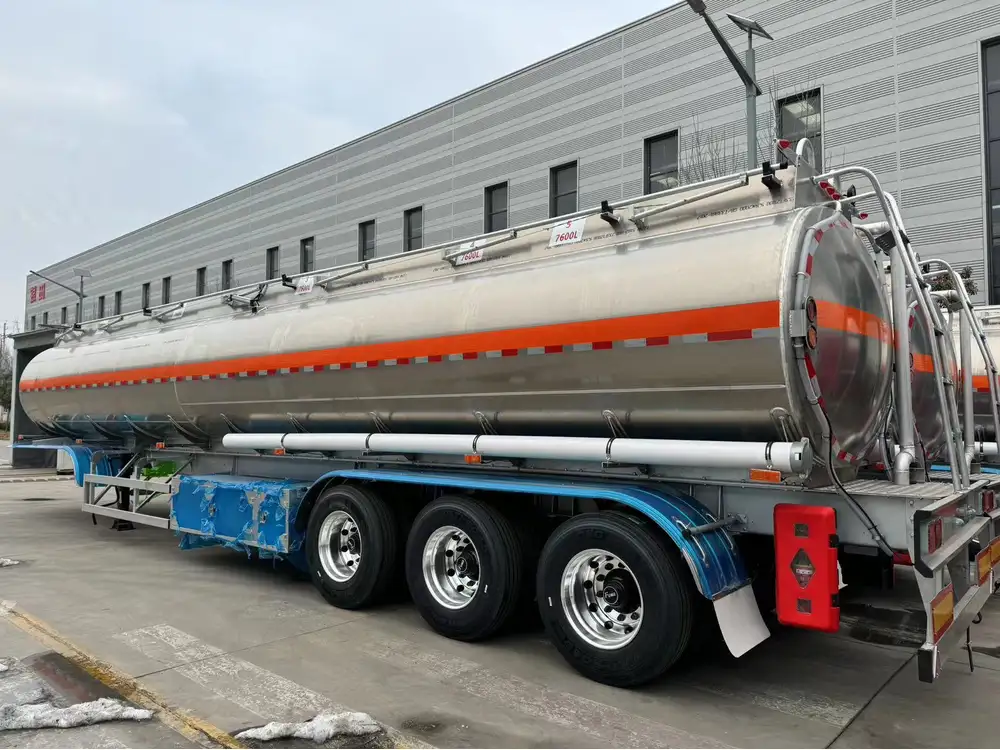
Tools and Equipment Required
| Tool/Equipment | Purpose |
|---|---|
| Welding Machine | For joining metal components |
| Cutting Saw | For resizing materials |
| Torque Wrench | To ensure bolts are securely fastened |
| Hydraulic Components | For hydraulic systems (if applicable) |
| Hand Tools | Various tools for assembly and adjustments |
Step 1: Build the Frame
The frame serves as the backbone of the trailer. Cut steel beams to the chosen dimensions and weld them together. Ensure the frame is square using a framing square; any misalignment can lead to issues down the line.
Step 2: Create the Bed
- Material Selection: Choose between steel or aluminum sheets to create the floor of the dump bed.
- Cutting: Depending on your size specifications, cut the sheets accordingly.
- Welding: Secure the sheets onto the frame. Ensure there are no gaps which could weaken the structure.

Step 3: Install the Lift Mechanism
Hydraulic Setup:
- Mount the hydraulic cylinder at the designated pivot point on the trailer.
- Connect hoses and ensure fluid levels are appropriate.
Manual Setup:
- Install the lever system connected to the bed which can incline as needed.
Step 4: Add Wheels and Axles
Choose axles rated for your trailer’s weight capacity. Common configurations include single or tandem axle designs.
- Mount the Axle: Attach the axle using U-bolts, ensuring it is straight and aligned.
- Install Wheels: Fasten wheels onto the axle with lug nuts, ensuring they are secured to prevent accidents.
Step 5: Painting and Protective Finishing
After assembly, consider applying a rust-resistant paint or powder coating to protect against the elements.
- Preparation: Sand down any rough edges and clean surfaces thoroughly before painting.
- Application: Use a spray or roller application to evenly coat the trailer.
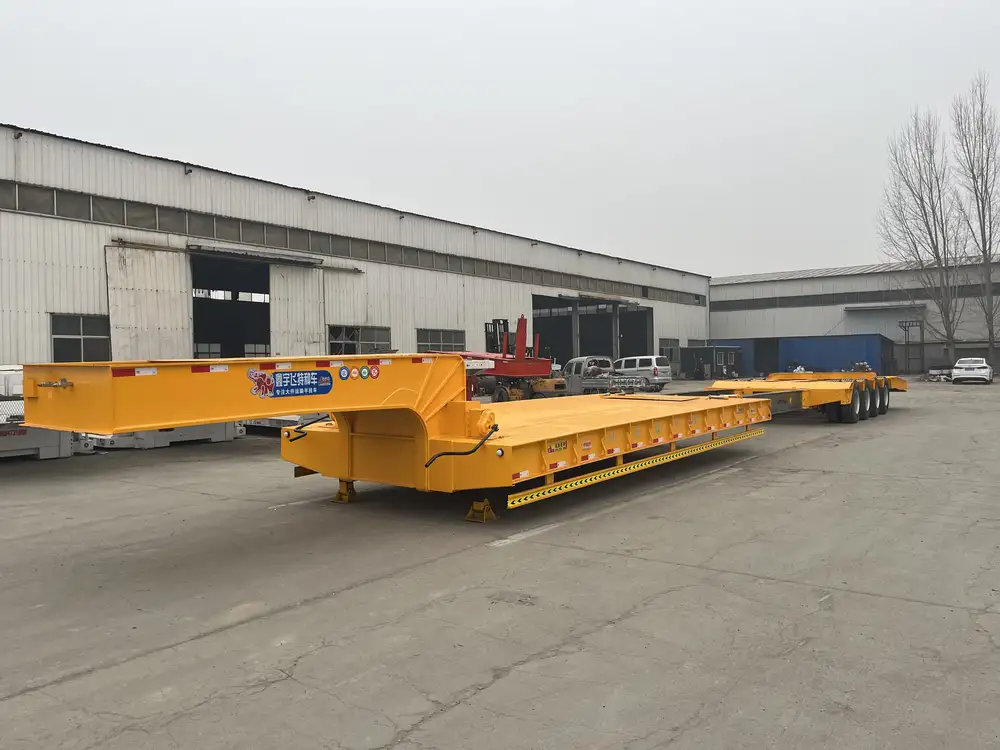
Testing Your Dump Bed Trailer
After the construction, thorough testing is crucial.
- Load Testing: Gradually apply weight up to maximum capacity to ensure structural integrity.
- Hydraulic Stress Testing: If using a hydraulic system, check for leaks and smooth operation by cycling the lift mechanism several times.
Maintenance Tips for Longevity
A well-maintained dump bed trailer can last years, saving you time and money.
Routine Checks
- Monthly Inspections: Check the hydraulic fluid levels and the condition of the hoses.
- Visual Inspect: Look for signs of rust or wear and peel paint for any potential hazards.
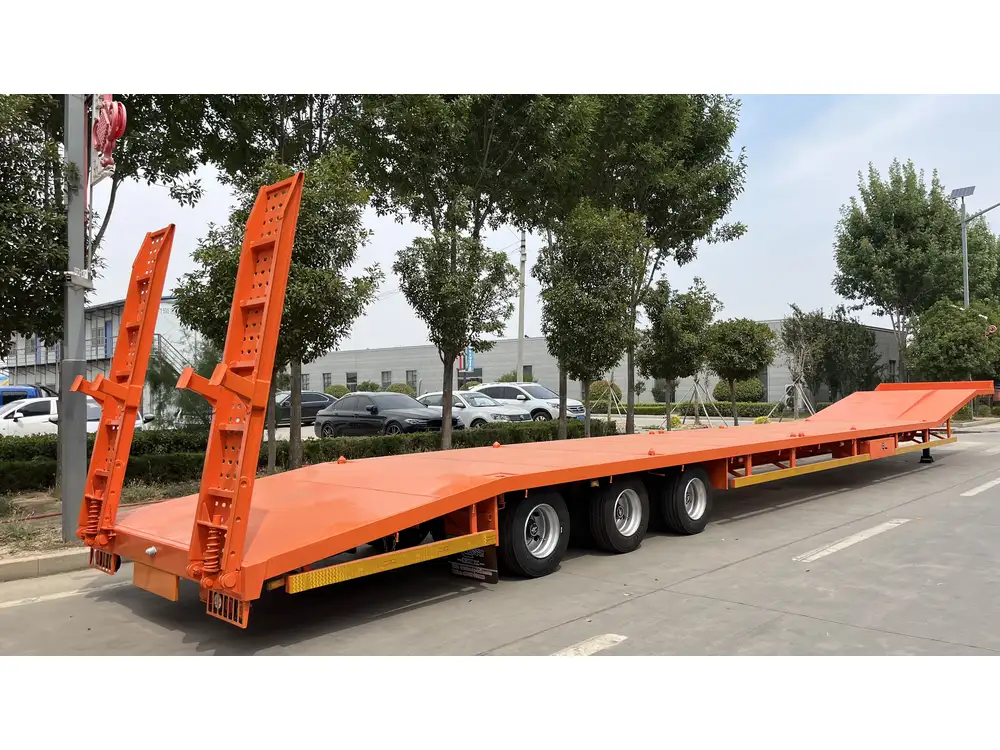
Seasonal Maintenance
- Winter Preparation: If your trailer is in an area of harsh winters, consider storing (or at least covering) your trailer to prevent rust formation.
- Spring Reconditioning: Clean the trailer and lubricate all moving parts to prepare it for the busy season.
Frequently Asked Questions
How much weight can a dump bed trailer hold?
Dump bed trailers can generally handle between 2,000—8,000 lbs, contingent upon design and materials used.
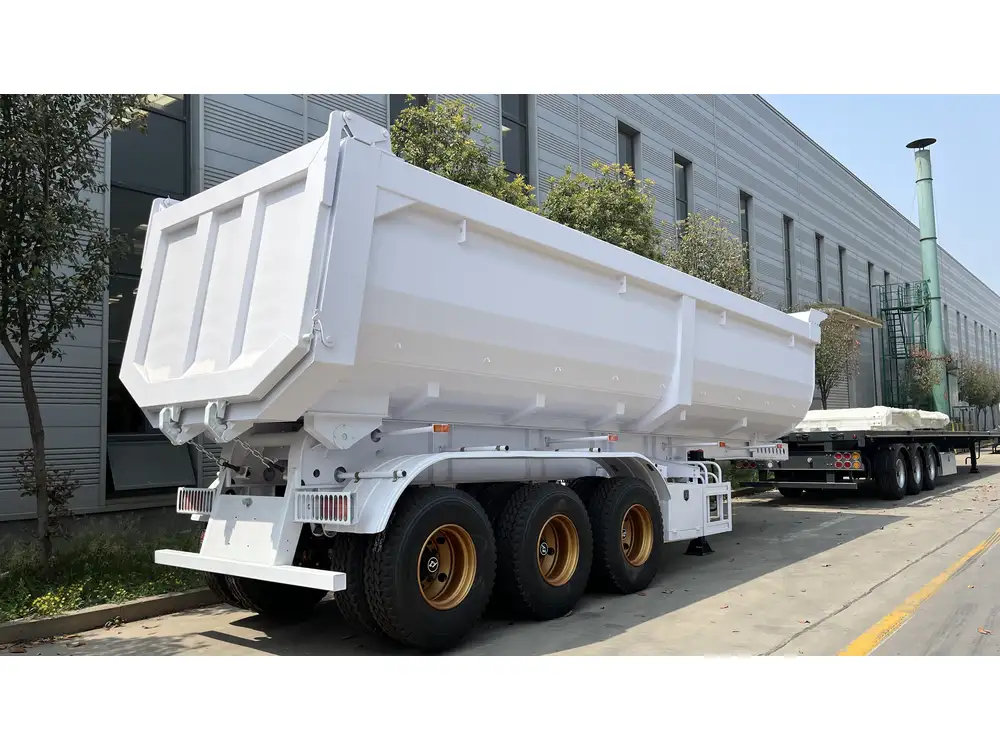
What are the best practices for loading and unloading?
Always ensure the weight is evenly distributed on the trailer before transport. When unloading, ensure the area is clear of people and obstacles.
How often should I service my dump bed trailer?
Service at least once a season or depending on usage; regular maintenance extends the life of the trailer significantly.
Conclusion
Creating your own dump bed trailer can enhance your operational capabilities and provide a personalized solution for transporting heavy loads. Understanding the design, materials, and construction process allows for a tailored approach, ensuring the trailer meets your specific needs effectively. By following this comprehensive guide, not only do you mitigate common construction pitfalls, but you also set your project up for long-term success. Whether for construction, landscaping, or transport, a well-made dump bed trailer is not just a tool; it’s an investment in your productivity.



